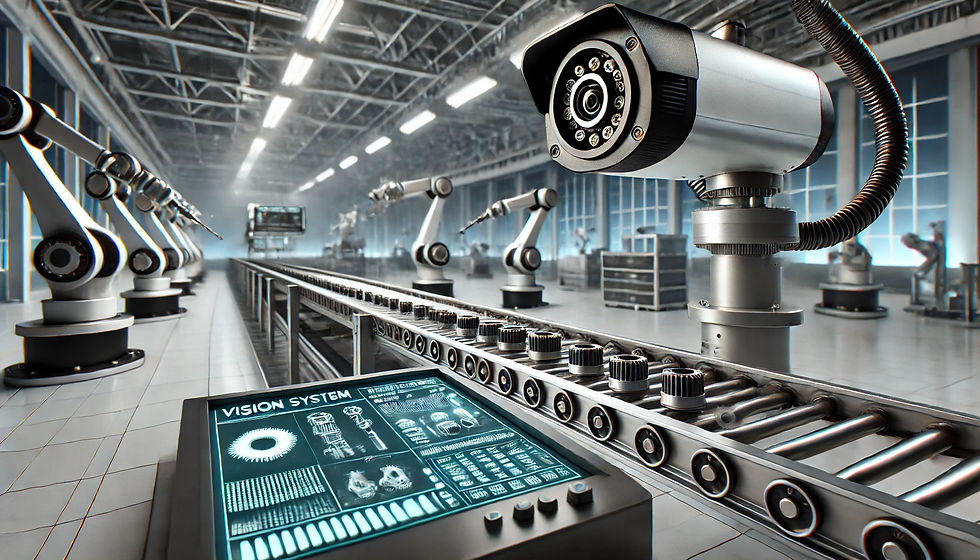Streamlining Operations: QR Code Implementation in Manufacturing
- jeksonvision128
- Feb 14, 2024
- 2 min read
Understanding QR Codes
QR codes are two-dimensional barcodes that store information in a matrix pattern. They can encode various types of data, including text, URLs, contact information, and product details. With their ability to store large amounts of data and their quick readability, QR codes have become ubiquitous in numerous industries, including manufacturing.

The Role of QR Codes in Manufacturing
Inventory Management
QR codes are widely used in inventory management systems to track the movement of raw materials, work-in-progress (WIP) inventory, and finished goods. Each item can be assigned a unique QR code containing essential information such as part number, batch number, and location. This enables real-time visibility into inventory levels, reduces stockouts, and minimizes excess inventory.
Asset Tracking
QR codes facilitate asset tracking by providing a convenient way to label equipment, machinery, and tools. Maintenance histories, service schedules, and equipment specifications can be stored within QR codes, allowing maintenance teams to access vital information instantly. This ensures proactive maintenance, reduces downtime, and prolongs the lifespan of assets.
Quality Control
QR codes play a crucial role in quality control processes by linking products to their specifications, inspection criteria, and manufacturing records. By scanning QR codes during quality inspections, operators can verify product authenticity, ensure compliance with standards, and capture data for traceability purposes. This enhances product quality, reduces defects, and enhances customer satisfaction.
Work Instructions
QR codes are utilized to provide access to digital work instructions, standard operating procedures (SOPs), and training materials on the shop floor. Operators can scan QR codes to access relevant documentation, instructional videos, or troubleshooting guides, improving task accuracy and reducing errors. This fosters a culture of continuous improvement and empowers employees with the information they need to perform their jobs effectively.
Supply Chain Transparency
QR codes enable supply chain transparency by allowing stakeholders to trace the journey of products from raw materials to the end customer. Each QR code can contain information about the product's origins, manufacturing processes, and distribution channels. This enhances visibility, promotes accountability, and enables organizations to respond swiftly to supply chain disruptions.
Implementing QR Code Solutions
Implementing QR code solutions in manufacturing requires careful planning and execution. Key steps include:
Identifying Use Cases: Determine specific areas where QR codes can add value, such as inventory management, asset tracking, quality control, and work instructions.
Standardizing Processes: Establish standardized formats and protocols for generating and scanning QR codes to ensure consistency and interoperability.
Integrating Systems: Integrate QR code systems with existing enterprise resource planning (ERP), manufacturing execution system (MES), and quality management system (QMS) software to enable seamless data exchange and process automation.
Training and Adoption: Provide training to employees on how to generate, scan, and interpret QR codes effectively. Foster a culture of adoption by highlighting the benefits of QR code implementation and soliciting feedback from stakeholders.
Conclusion
QR code implementation is revolutionizing the manufacturing industry by streamlining operations, enhancing visibility, and improving efficiency across the supply chain. By leveraging QR codes for inventory management, asset tracking, quality control, work instructions, and supply chain transparency, manufacturers can achieve greater agility, responsiveness, and competitiveness in today's dynamic marketplace. As technology continues to evolve, QR codes will undoubtedly remain a cornerstone of modern manufacturing, driving innovation and enabling continuous improvement.



Comments